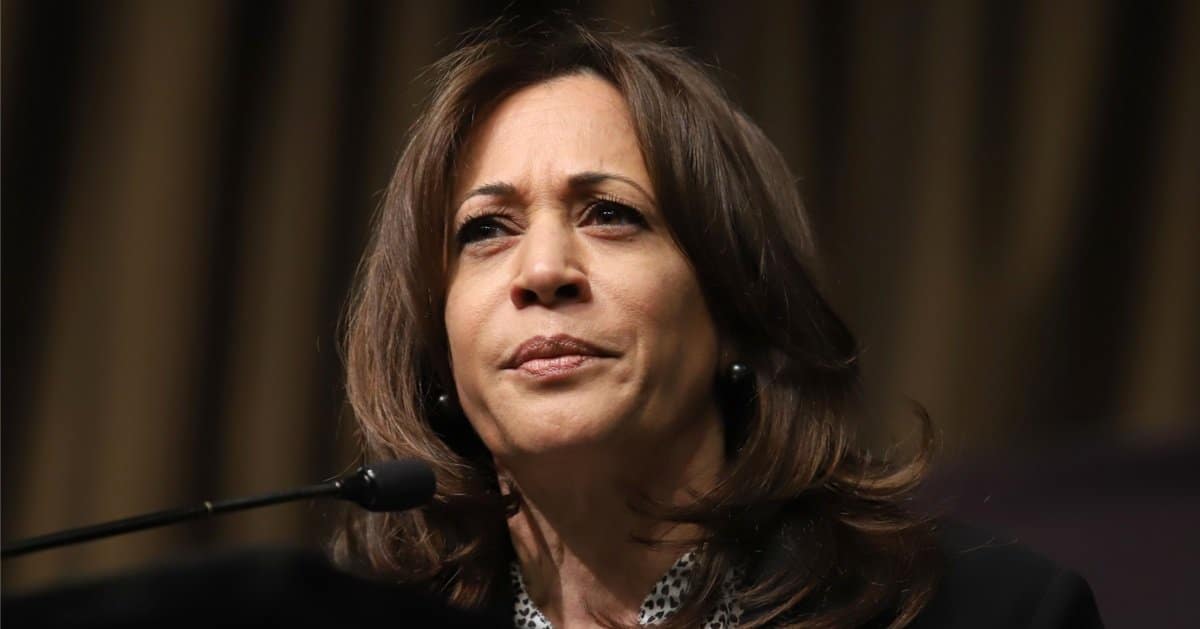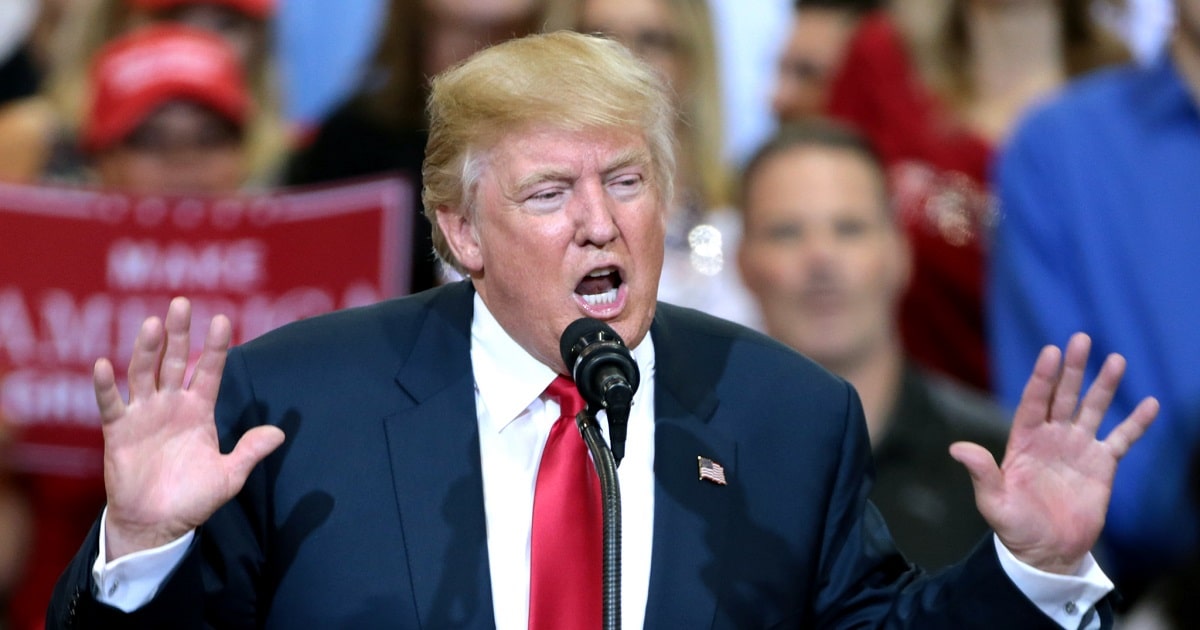


The U.S. Department of Education has announced plans to restart collections on defaulted federal student loans beginning in May. This move marks the first time collections will resume since the suspension initiated during the early stages of the COVID-19 pandemic in March 2020, Fox News reported.
The decision to resume collections arises amidst the challenges of an ever-expanding federal student loan portfolio and ongoing efforts to overhaul the student loan repayment framework.
Arising from concerns expressed by a senior department official, there is an urgent need to address the mounting pressure as the portfolio edges closer to what is being described as a "fiscal cliff."
The suspension of federal student loan repayments, first implemented under the Trump administration, aimed to ease the financial burden on millions of Americans during a global health crisis. However, as the emergency subsides, there is a growing recognition of the importance of re-engaging with borrowers to prevent further delinquencies.
As the system stands, just 40% of borrowers are up to date with their payments, leaving 60% lagging. A significant number, approximately 4 million borrowers, are in the precarious position of being between 91 to 180 days overdue on their payments.
To facilitate the transition back to collections, the Education Department will collaborate with the Treasury Offset Program starting May 5. This association is part of a broader strategy to recover from delinquencies and guide borrowers back onto sustainable repayment paths.
Simultaneously, the department is crafting a communications initiative to help borrowers understand their repayment status. This will include promoting auto-debit enrollment, which can directly assist in preventing future lapses in repayment.
In conjunction with the resumption of collections, the Department of Education aims to work closely with Congress to reform parts of the higher education landscape. The focus lies on creating pathways for students that ensure they can afford their repayments and, ultimately, reduce the financial burdens they face.
Legislation such as the Employer Participation Repayment Act, proposed in February, supports these reforms by facilitating tax-free employer contributions to employee student loans. Such measures seek to offer new repayment solutions to an estimated 43 million borrowers holding approximately $1.6 trillion in federal student loans.
Senior officials underline the need for legislative support, emphasizing that Congress significantly makes higher education more affordable. Officials hope to achieve long-term fiscal sustainability and educational equity by streamlining the repayment process.
These recent actions align with the Trump administration's broader agenda for educational reforms. The goal is to ensure that American taxpayers are no longer unduly burdened by unpaid student loans.
The shift in policy emphasizes that the repayment of student loan debt is crucial to maintaining a balance in the national budget. "American taxpayers can no longer serve as collateral for student loans," a senior official reiterated, underscoring the administration's expectation that students fulfill their financial obligations.
Furthermore, while some functions regarding Pell Grants and student loans will continue within other agencies, the restructuring aims to bolster the Department's focus on its primary mission.
As May approaches, the Department of Education continues to set the stage for the renewed collection of defaulted loans. The task ahead involves not only resuming collections but also ensuring borrowers are equipped with the tools and information needed to meet their repayments responsibly.
Ultimately, this renewed direction indicates a significant step towards fiscal accountability in the realm of federal student loans. Through collaborative efforts and effective communication, both the Department and Congress aim to create a more responsive and responsible educational lending environment.



